See which seaside and vacation towns made the list.

Small cities and towns captured the imagination of Zillow® surfers in 2023, drawn perhaps by smaller home prices and proximity to major cities with lots of amenities.
“Affordability was the word on home shoppers’ minds, and it shows in the most popular cities that buyers on Zillow gravitated toward,” says Zillow Chief Economist Skylar Olsen.
All but one of the 10 most popular markets had populations under 100,000, with most having less than half that. New England towns were the favorite among Zillow surfers this year: Seven of the 10 most popular markets of 2023 were in either New Hampshire or Connecticut. This marks a shift from 2022 when the Midwest was a magnet for home shoppers and dreamers.
While home prices appear to be driving consideration of smaller cities, 2024 could bring a flattening of home prices in much of the country, Zillow economists predict.
“Heading into next year, the winds appear to be shifting just a bit,’’ Olsen says. “Buying a home will still be expensive in much of the country, but more listings and much flatter home price growth will make life easier for home shoppers.”
To rank the most popular markets among Zillow surfers, Zillow analyzed housing metrics that indicate consumer demand — including page-view traffic, home value growth and days on market — for nearly 2,300 U.S. cities.
Here are the top 10 most popular markets and six that rose to most-searched in their category.
The top 10 most popular markets of 2023 on Zillow
1. West Chester, Pennsylvania
Population: 18,600
Typical home value: $583,739 (+7.8% year over year)
2. Nashua, New Hampshire
Population: 91,000
Typical home value: $436,630 (+9.0%)
3. Manchester, New Hampshire
Population: 115,000
Typical home value: $381,914 (+9.0%)
4. Wethersfield, Connecticut
Population: 26,000
Typical home value: $352,019 (+12.9%)
5. West Hartford, Connecticut
Population: 63,000
Typical home value: $420,573 (+12.4%)
6. Stow, Ohio
Population: 34,000
Typical home value: $251,018 (+4.4%)
7. Middletown, Connecticut
Population: 47,000
Typical home value: $302,306 (+9.2%)
8. Twinsburg, Ohio
Population: 19,000
Typical home value: $317,356 (+4.9%)
9. Newington, Connecticut
Population: 30,000
Typical home value: $311,226 (+12.5%)
10. Concord, New Hampshire
Population: 44,000
Typical home value: $380,889 (+8.9%)
Most popular overall: West Chester, Pennsylvania
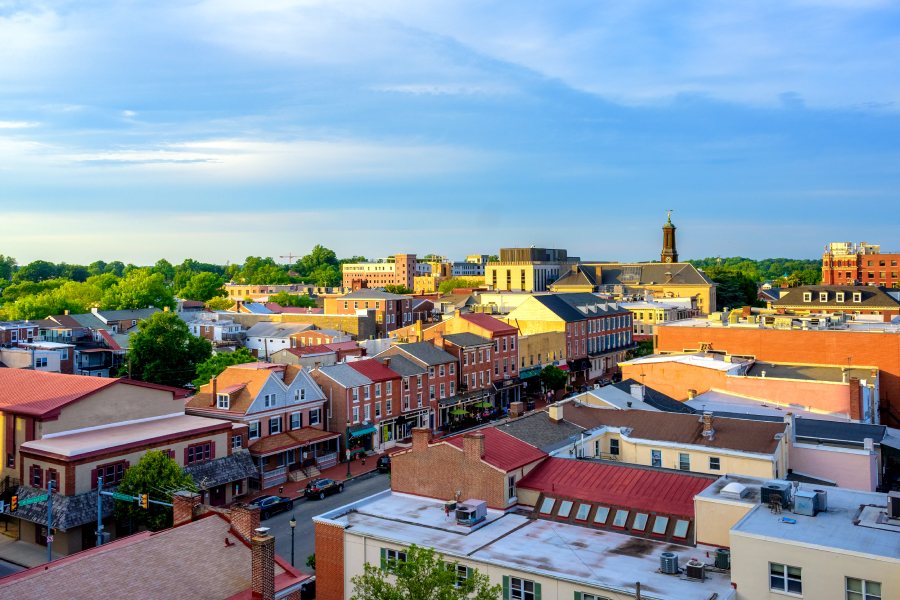
Population: 18,630 (2021)
Nearest Major City: Philadelphia, PA (36 miles)
Current home values and trends
A quaint township in the Philadelphia metro area, West Chester’s downtown is listed on the National Register of Historic Places and recognized as a distinctive destination by the National Trust for Historic Preservation. Although the town is one of the more expensive cities in Pennsylvania when it comes to housing, it’s less expensive than larger markets nearby, such as New York City and Washington, D.C., making it attractive to commuters who enjoy small town life.
Most popular large city*: Chula Vista, California

Population: 277,220 (2021)
Nearest Major City: San Diego (8.6 miles)
Current home values and trends
The city lives up to its name, which translates to “beautiful views” in English. Moderate temperatures year-round make this an outdoor-lovers paradise with miles of trails, coastal waters and lakes, mountains and parks to explore. Rich with history and amenities, the city is investing heavily in a 535-acre waterfront resort, convention center, parks and residences.
Most popular seaside town*: South Portland, Maine
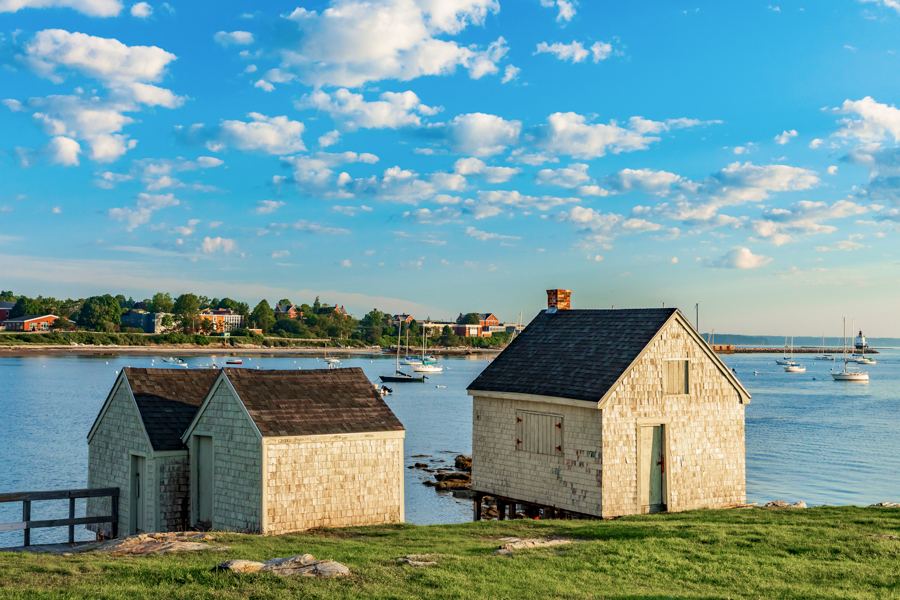
Population: 26,993 (2021)
Nearest Major City: Portland, ME (3 miles)
Current home values and trends
Located on Casco Bay in southern Maine, South Portland is known for its historic lighthouses and the Greenbelt Walkway, which offers extensive views of the waterfront. The area is also a commercial hub that boasts the Maine Mall and outdoor shopping complexes. Homes that sold there in 2023 typically found a buyer after just one week on the market.
Most popular vacation town*: Vermilion, Ohio
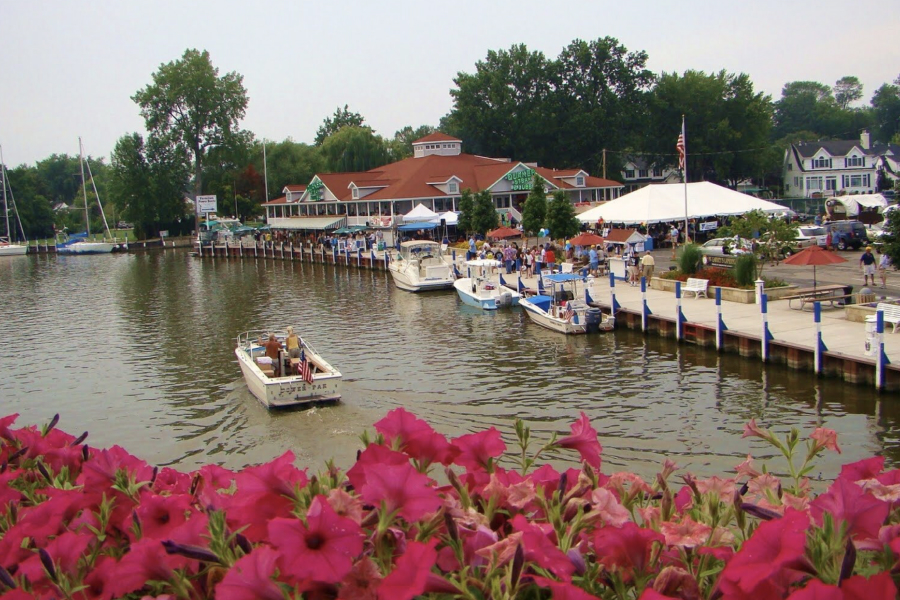
Population: 10,688 (2021)
Nearest Major City: Cleveland (35 miles)
Current home values and trends
Situated along the south shore of Lake Erie, Vermilion is a popular summer destination for boaters and those looking for a city with old-fashioned charm. Vermilion bills itself as a throwback to a simpler time where you can enjoy simple pleasures, including watching the trains that cruise through downtown hourly. The town’s Harbour Town Historic District features a variety of home styles from the Victorian, Italianate, Arts and Crafts and Queen Anne eras.
Most popular retirement town*: Pinehurst, North Carolina
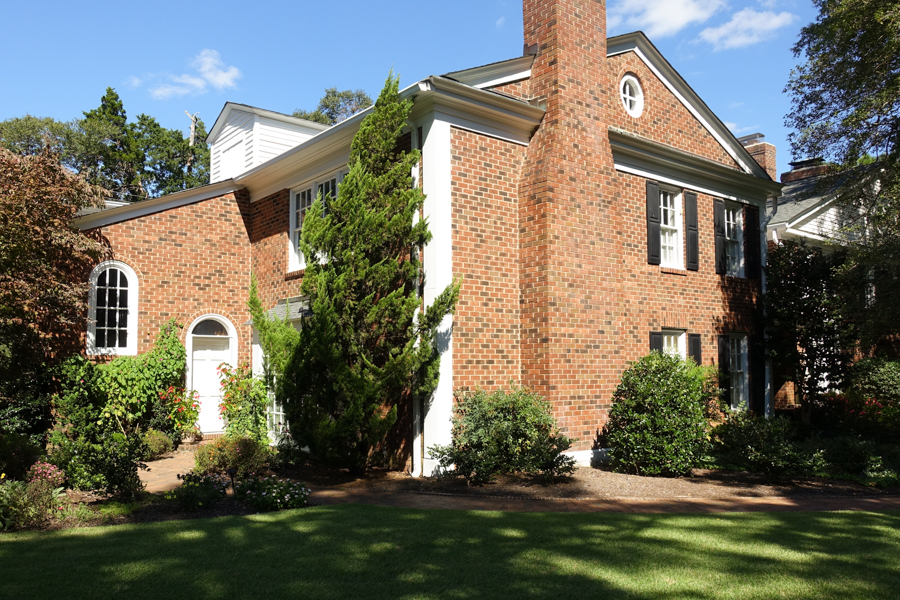
Population: 18,019 (2021)
Nearest Major City: Fayetteville, NC (48 miles)
Current home values and trends
Built as a New England-style village with winding paths and a focus on healthy living, this historic village is home to the Pinehurst Resort, where golf is front and center. With a warm climate and laid-back lifestyle, it’s easy to see why Pinehurst is popular among some retirees.
Most popular college towns*: West Chester, Pennsylvania, and Kent, Ohio
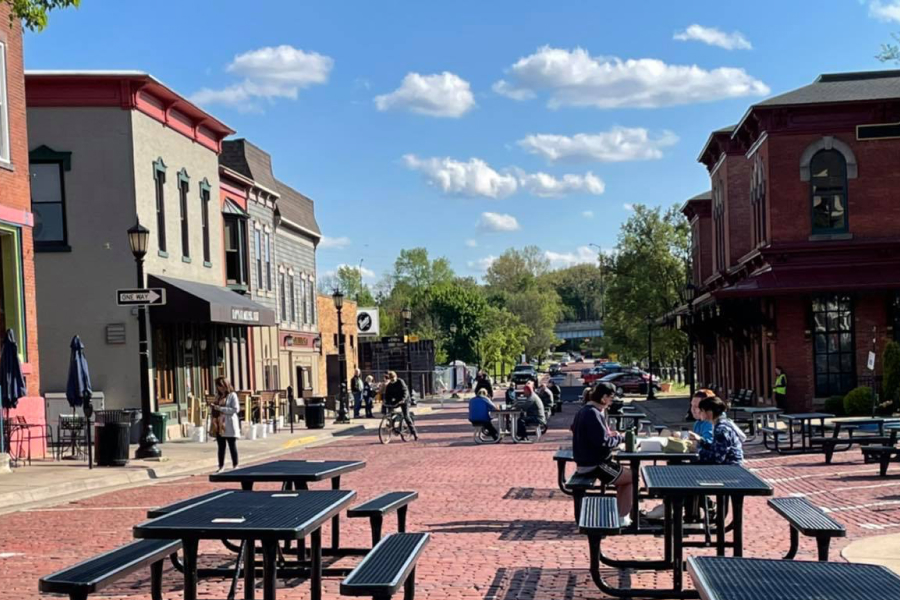
Population: 27,751 (2021)
Nearest Major City: Akron, OH (12 miles)
Current home values and trends
West Chester — the most popular market for Zillow surfers in 2023 and home to West Chester University, also took the title of the most popular college town. So we’re also including second place: Kent, Ohio, home to Kent State University. Located along the Cuyahoga River in northeast Ohio, Kent is a lively college town that celebrates its artists and musicians and offers a wide variety of outdoor fun.
*Editor’s note: Large cities are defined as having a population of at least 250,000 people, according to 2021 American Community Survey data.
Seaside towns are defined as areas where more than half of listing descriptions on Zillow mentioned the beach, and excluded all cities that don’t feature the word “beach” in at least 50 listings on Zillow.
Vacation towns are defined as areas where more than 33% of the housing units are designated for non-primary use, according to 2021 American Community Survey data.
Retirement towns are defined as areas where at least 33% of the population is over the age of 65 and has no children or other relatives (other than a spouse) living in the home.
College towns are defined as cities with at least 20% of the population enrolled in higher education, according to 2021 American Community Survey data.

